Affiliate links on Android Authority may earn us a commission. Learn more.
What is 5G, and what can we expect from it?
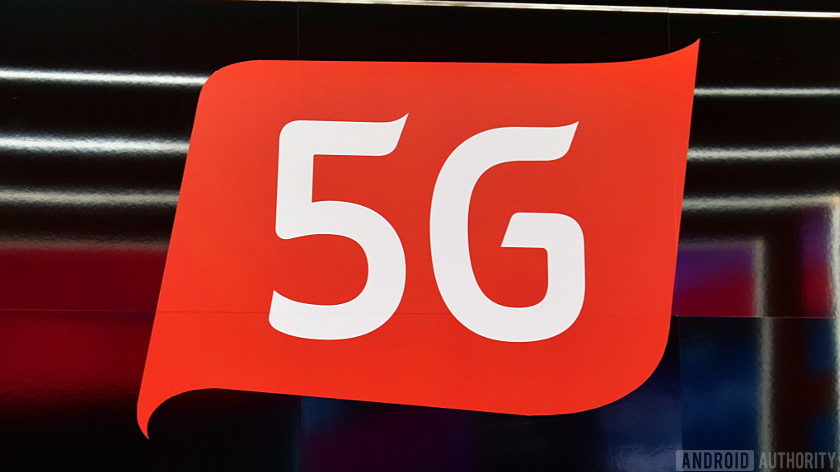
You’ve likely heard the term a lot recently, but what is 5G? Good question. Simply put, 5G networking is the next major evolution of mobile wireless technology. It will empower customers with even faster data connections, open up avenues to new industrial applications, and even help to build widely connected “smart cities.” 5G is the crucial next step in better connecting our increasingly technological world, but there’s still plenty of legwork left to do before it becomes a reality.
Read Next: Forget mmWave, Wi-Fi is the real 5G
Around the world, companies and governments are working to iron out the finer points of how to bring 5G mobile communication to the masses. If you’ve been wondering what 5G is, here’s the current state of the industry and what to expect going forward.
What is 5G? It’s all in the details
Honestly, not even the involved regulatory bodies quite know the answer to the question “what is 5G” just yet. The final details for the 5G specification are still being decided by various groups and telecommunications companies, but we already have an idea about what the early specification is going to look like.
In the second half of 2017, the 3rd Generation Partnership Project (3GPP) launched its preliminary Release 15. Based on the IMT-2020 specification, Release 15 encompasses the 5G Non-Standalone (NSA) and New Radio (NR) technology for carriers to begin deploying.

This all sounds a bit complicated, and it is. Various companies, industrial groups, and major telecommunication bodies are all working on various specifications and technologies, and all that has to eventually come together to create a universal standard for carriers to implement. There’s still a lot of work left, particularly in reorganizing the back-end, before we see what the final spec will have to offer.
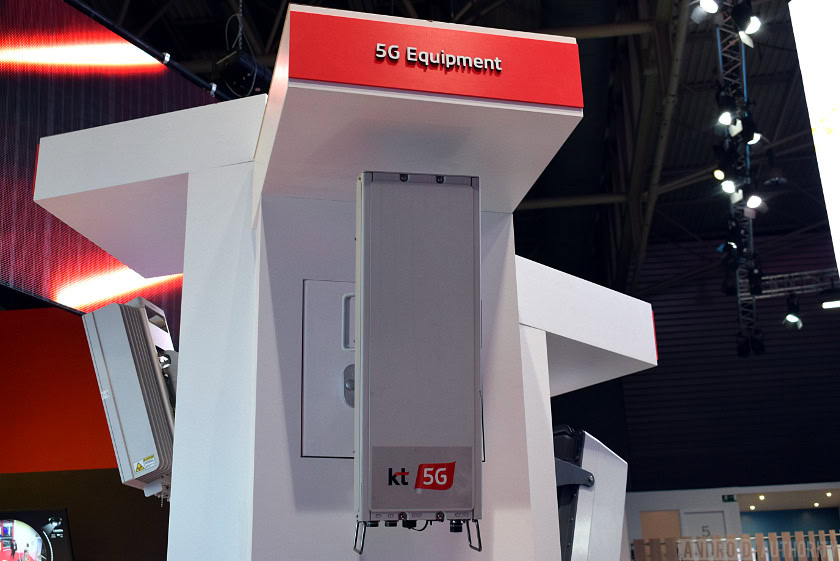
What is 5G? It means faster speeds and new technologies
More important than the question “what is 5G”, is how it will actually affect consumers. Bottom-line, if you have a need for speed, 5G will help open up new doors.
In the early report for IMT-2020 radio interfaces (aka 5G networks), 5G base stations will have to offer at least 20Gbps download and 10Gbps upload speeds to consumers. This refers to a shared link, so actual speeds will be lower. The specification states individual users should see a minimum download speed of 100Mbps and upload speeds of 50Mbps. Some of you might be lucky enough to see these speeds on your LTE-Advanced network already.
Read Next: Don’t believe the carriers, the 5G revolution is still years away (SA vs NSA)
5G base stations will have to cover stationary users all the way up to vehicles traveling up to 500km/h, so your data connection hopefully won’t drop out on the train in the future. Fifth generation networks should offer consumers a maximum latency of just 4ms. There’s mention of a 1ms latency for ultra-reliable low latency communications (URLLC) too. For comparison, my 4G LTE connection in London has a questionable 82ms latency, while the U.S. average is around 61 ms.
5G also wants to enable simultaneous connectivity to thousands of low power internet of things (IoT) devices and support device-to-device (D2D) connectivity for low latency connections between nearby devices.
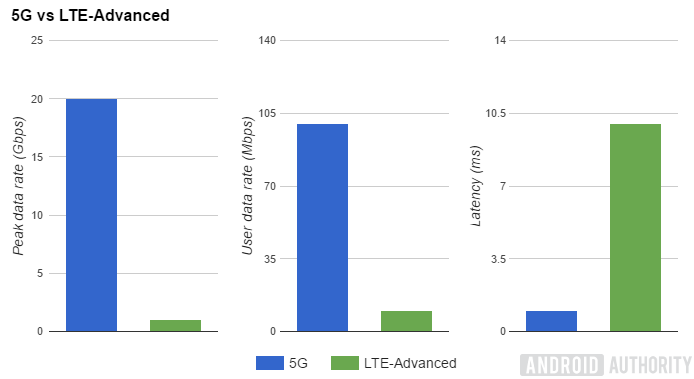
| 5G New Radio (Release 15) | LTE-Advanced Pro (Release 13 & 14) | LTE-Advanced (Release 10 to 12) | |
|---|---|---|---|
Ideal Data Rate | 5G New Radio (Release 15) > 10 Gbps | LTE-Advanced Pro (Release 13 & 14) > 3 Gbps | LTE-Advanced (Release 10 to 12) > 1 Gbps |
Ideal Latency | 5G New Radio (Release 15) > 1ms | LTE-Advanced Pro (Release 13 & 14) > 2ms | LTE-Advanced (Release 10 to 12) ~10 ms |
Frequency Support | 5G New Radio (Release 15) Up to 40 GHz | LTE-Advanced Pro (Release 13 & 14) Up to 6 GHz | LTE-Advanced (Release 10 to 12) Up to 6 GHz |
Channel Bandwidth | 5G New Radio (Release 15) Up to 500 MHz | LTE-Advanced Pro (Release 13 & 14) Up to 20 MHz | LTE-Advanced (Release 10 to 12) Up to 20 MHz |
Max carriers | 5G New Radio (Release 15) 16 (LTE + NR) | LTE-Advanced Pro (Release 13 & 14) 32 | LTE-Advanced (Release 10 to 12) 5 |
Max Bandwidth | 5G New Radio (Release 15) 1000 MHz | LTE-Advanced Pro (Release 13 & 14) 640 MHz | LTE-Advanced (Release 10 to 12) 100 MHz |
MIMO antennas | 5G New Radio (Release 15) 64 to 256 | LTE-Advanced Pro (Release 13 & 14) 32 | LTE-Advanced (Release 10 to 12) 8 |
Spectrum Sharing | 5G New Radio (Release 15) mmWave & NR Dual Connectivity NR-based LAA+ NR MulteFire LTE-U | LTE-Advanced Pro (Release 13 & 14) LAA / eLAA LWA MulteFire CBRS / LSA LTE-U | LTE-Advanced (Release 10 to 12) LTE-U (Rel. 12) |
Reaching these lofty goals for consumers and industrial applications means meeting a few requirements. Hitting higher speeds while reducing latency will require massive multi-input-multi-output (MIMO) antenna systems, more bandwidth and spectrum for carriers, carrier aggregation from a wider range of sources, and quite likely the use of very high frequency mmWave spectrum.
The real difficulty here is finding the spectrum to boost available bandwidth. MmWave has often been hailed as the solution, but line of sight requirements and poor indoor propagation make these high frequency waves unsuitable for blanket cover. The beamforming and MIMO technologies required are also very expensive, meaning deployment will likely be limited to high population areas. We don’t know yet if mmWave technologies are commercially and practically viable in consumer grade electronics like smartphones.
5G networks will use a combination of LTE bands, unlicensed spectrum, and new technologies to boost throughput.
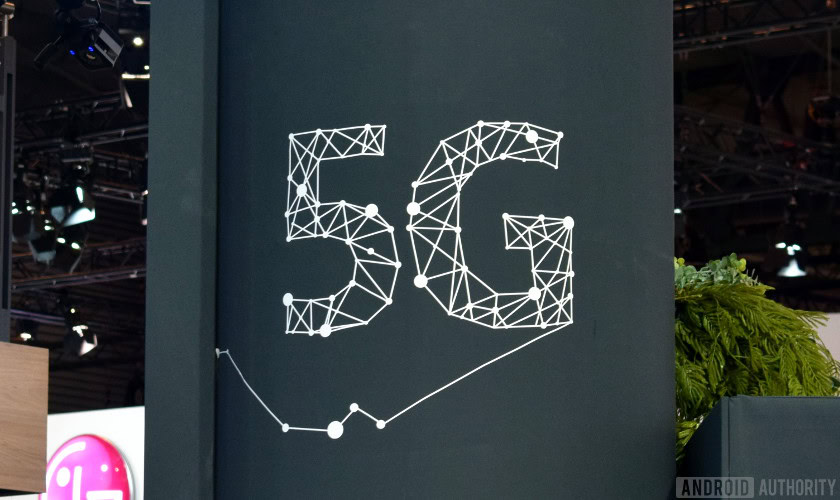
5G will augment this with additional spectrum at both lower and higher frequencies than existing LTE bands and variable bandwidths ranging up to 100MHz. Smaller range hubs operating in the 3.5 to 6GHz spectrum will be key to boosting short range coverage, in addition to opening up sub-1GHz low frequencies for longer range and cell edge improvements. In a nutshell, expect 5G smartphones to pull in data from numerous network sources all at once.
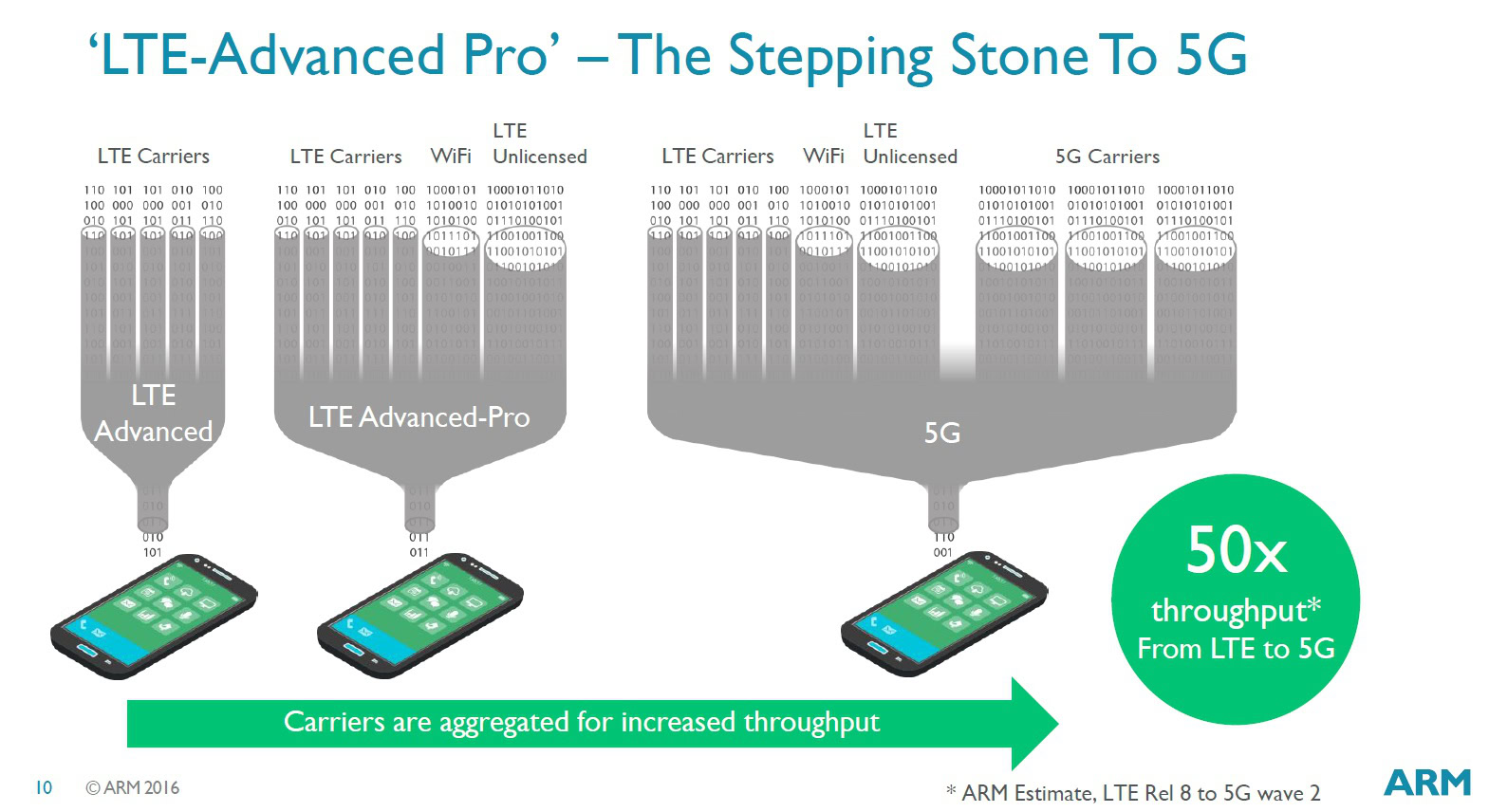
The ITU is still consulting on which exact technologies will bring these speeds to market, with further reports scheduled for release over the coming years. Essential spectrum arrangements and full radio specifications for the IMT-2020 standard aren’t expected until 2019 or 2020, so we won’t have a full answer to exactly what 5G will look like until then.
Read Next: When will your phone get 5G connection?
U.S. Development
Now that some of 5G’s details have become clearer, U.S. carriers are already promising to have their next generation networks up and running soon. Some are aiming for as early as the end of 2018. Carriers have a habit of abusing technological shifts for marketing purposes, so we should treat these early announcements with some skepticism.
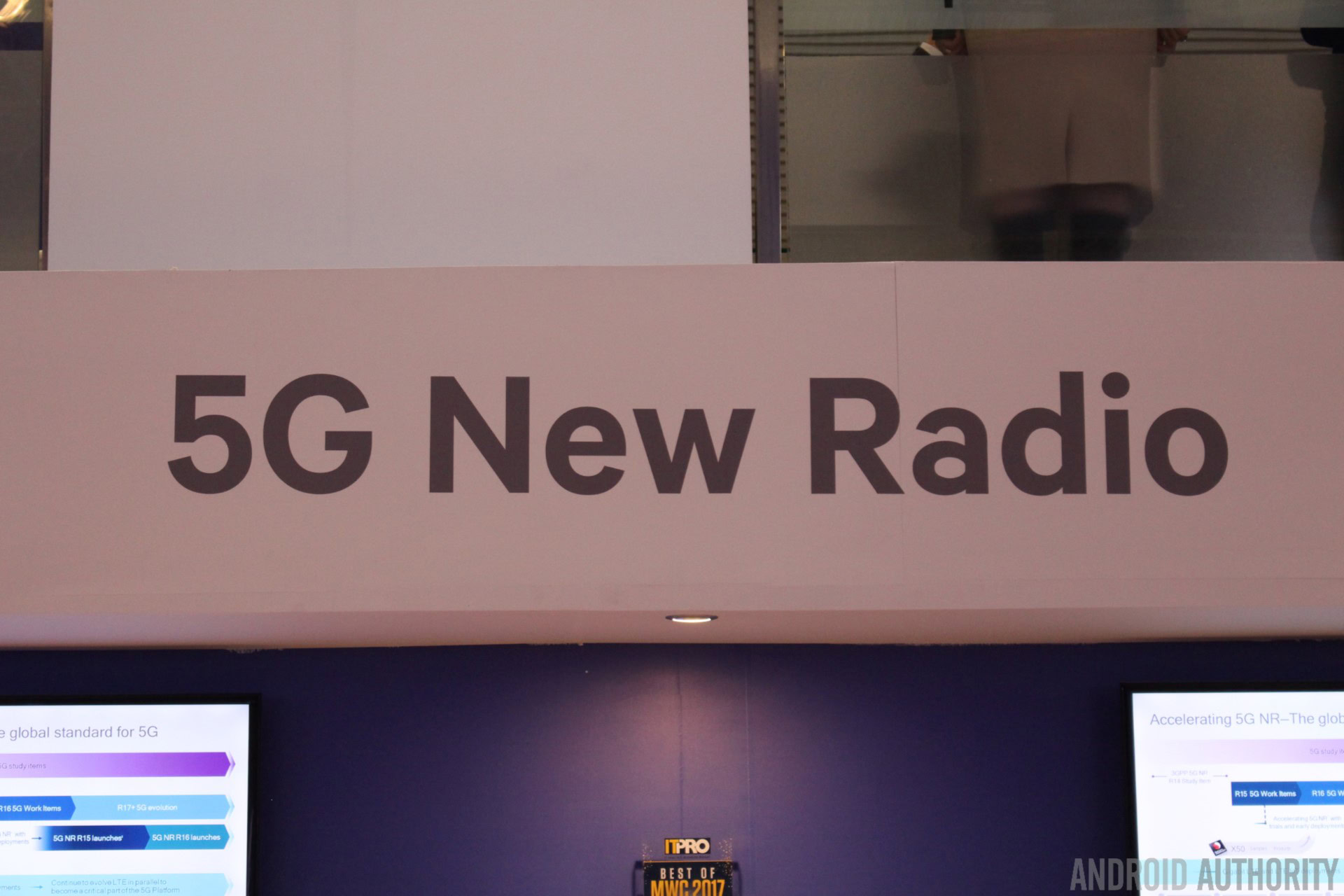
Verizon says 5G is coming to homes as a fixed broadband service later in 2018, but phones remain some way off. T-Mobile is promising 5G in 30 cities this year, and Sprint is prepping its own MIMO antennas for a similar rollout in six cities. AT&T is the most aggressive carrier though, already rolling out its “5G Evolution” technology in over 100 markets. However, AT&T’s technology is nothing like the major 5G specifications we’ve mentioned above. Instead, the carrier is simply bulking up its LTE network with LAA to add some more spectrum for compatible handsets.
The U.S. is expected to be one of the first to 5G, but carriers are already playing fast and loose with the term.
Rather than trusting carrier marketing departments, we should turn to spectrum auctions to see when the major structural changes will actually happen. In 2016, the FCC voted to free up wireless spectrum bands above 24GHz for use in the commercial deployment of 5G wireless technologies. The frequencies made available cover the 28GHz, 37GHz, 39GHz, and 64-71GHz bands, which covers both licensed and unlicensed spectrum. The first spectrum auction for dedicated 5G airwaves is scheduled for November 2018, and will be for 28GHz spectrum.
Earlier in 2017, the Federal Communications auction of repurposed long distance 600MHz television spectrum raised $19.8 billion, with T-Mobile winning $8 billion in bids, followed by the Dish Network at $6.2 billion. Verizon didn’t take part in this low-frequency spectrum auction but has reportedly been outbidding T-Mobile to purchase Straight Path for ownership of its high frequency radio waves.
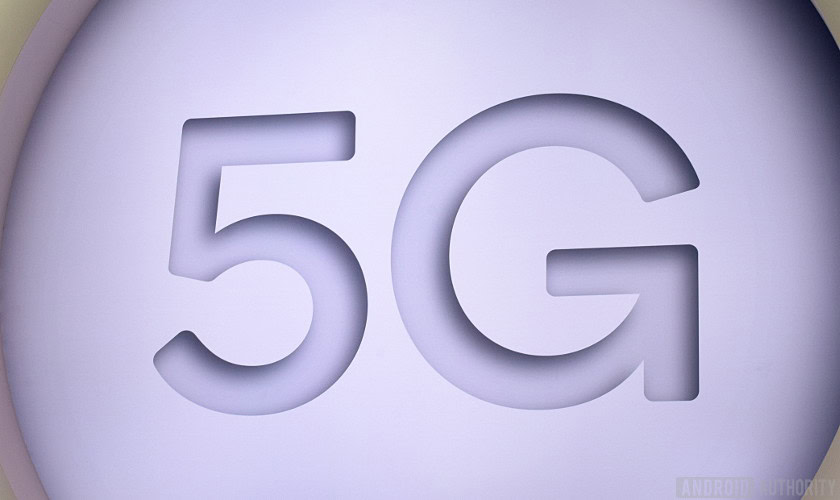
Global Plans
The rest of the world isn’t sitting still waiting for the U.S. to be the first to launch a 5G network — the race is on around the entire globe. China, Japan, and South Korea are leading innovation and deployment. Europe, Australia, and others are allworking out their infrastructure investment schemes.
Japan has been trialing its next-gen network for years now. ZTE signed a deal with SoftBank in June 2017 for a sub-6GHZ 5G trial across metropolitan areas in Tokyo. NTT DoCoMo has been running its trials since 2016 too — it recently chose Nokia to supply key hardware for its planned 2020 rollout.
South Korea has had a similarly long experimentation time and successfully completed a major trial during the Winter Olympics Games. Last month, KT confirmed plans to launch its commercial 5G network by March 2019, and plans have emerged for SK Telecom, KT, and LG U+ to share infrastructure costs to speed up deployment. The Korean government is planning to auction off 3.5 and 28GHz spectrum later this year too.
China is quickly growing into a major 5G player and is tipped to accelerate past its Asia rivals.
China is quickly growing into a major 5G player and is tipped to accelerate past its Asia rivals. The country is home to major telecom infrastructure companies like HUAWEI and ZTE, which will provide equipment to carriers around the world. The country has also invested $180 billion into mainland infrastructure, four times Japan’s investment. China Mobile is trialing its services in major cities this year and plans a full commercial launch in 2020.
Europe has been much slower than the rest of the world in starting its first trials, due to a lack of regulatory insight and low investment. HUAWEI 5G base stations just received certification in Europe, paving the way for commercial launches. The UK has started its spectrum auction process, which saw close to 1.4 billion pounds (~$1.9 billion) paid out by BT-owned EE, Vodafone, O2 and Three, double the initial expectation.
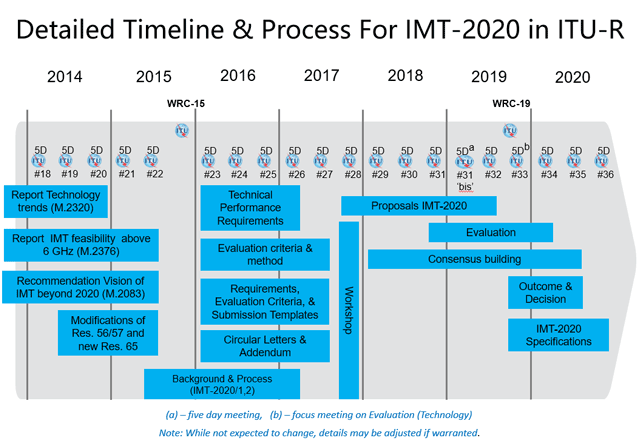
Conclusion
It’s just a matter of time before 5G arrives for the masses. What do you think of the upcoming 5G tech? Is LTE good enough, for you? Let us know your thoughts in the comments.